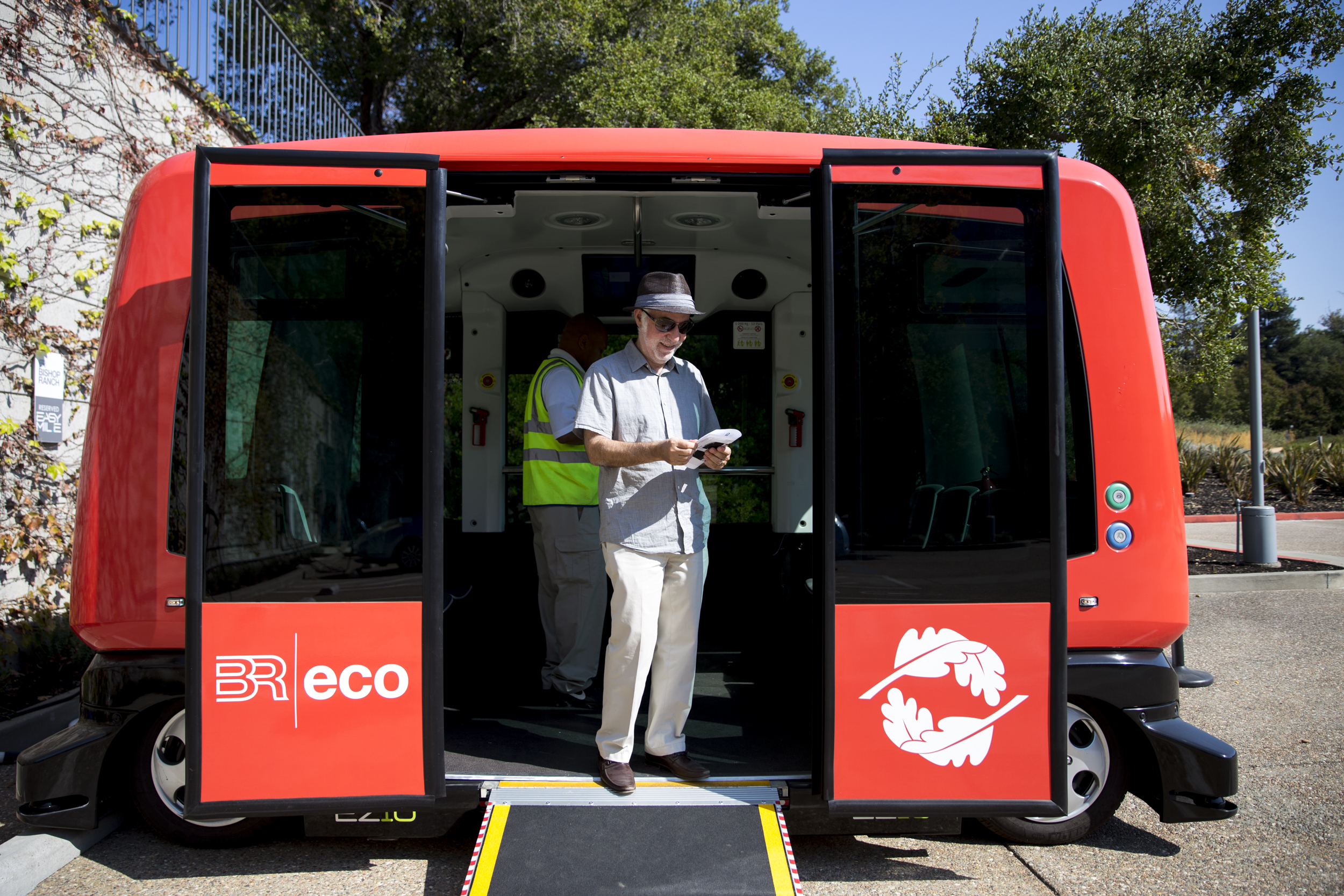In the ideal driverless future, parking lots and driveways are converted to housing, cafes, open space and gardens. Roads are safer—robots don’t eat, drink, text or sleep—and seniors, people with disabilities and even children have far greater mobility. Drunk drivers cease to be a problem, and transportation cost is a fraction of what it once was. People can work, sleep or watch a movie while in transit.
But for this scenario to work, something major has to happen: Large numbers of people have to give up their cars and start sharing rides.
Fulton’s analysis found little societal or environmental benefit from driverless vehicles unless they are both electric and shared.
“All the futuristic automotive technology being developed could make our cities more livable and the air more breathable,” Fulton said. “But only if we take sharing seriously.”
That’s because cars would become a service rather than something people own. Pooling services and app-based, ride-sharing companies could expand to accommodate multiple riders in one vehicle, whether a car, van, small shuttle or bus. These services eventually would become driverless.
A future with driverless cars is inevitable because it will be cheap, safe and people will want it.
Dan Sperling, Director ITS-Davis
Experts at ITS-Davis are working with auto manufacturers, policymakers, ride-sharing providers and others worldwide to provide guidance on how governments and communities can reap the benefits and avoid the pitfalls of driverless cars. Ride-sharing company Lyft expects driverless vehicles to account for most of its rides within five years. Some transportation experts are more conservative, estimating that widespread adoption of sit-back-and-take-a-nap driverless vehicles will likely take another 20 to 40 years. But most agree it’s a matter of when, not if.
Keep reading this story on UC Davis' Science & Climate site
Photo: Dan Sperling, director of the Institute of Transportation Studies at UC Davis, checks out an autonomous, electric bus with Freddie Dabney of First Transit, at Bishop Ranch business park in San Ramon, Calif. The shuttle is part of a pilot program, which will eventually ferry employees along designated routes in the business park. (Joe Proudman/UC Davis)
Also poised for a revolution: delivery vehicles. Watch our Climate Lab video on the hidden environmental cost of two-day shipping, and what we can do to clean up our online shopping habits.
